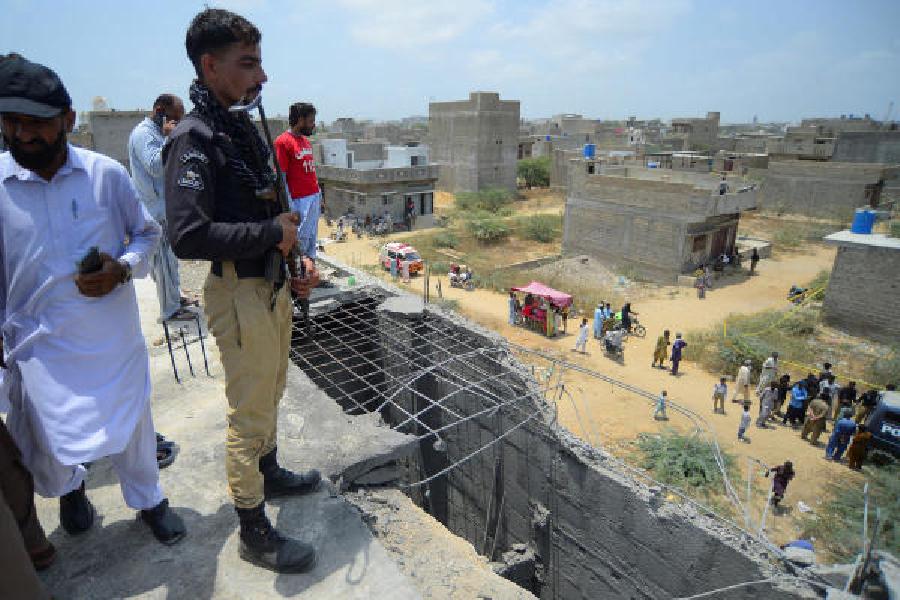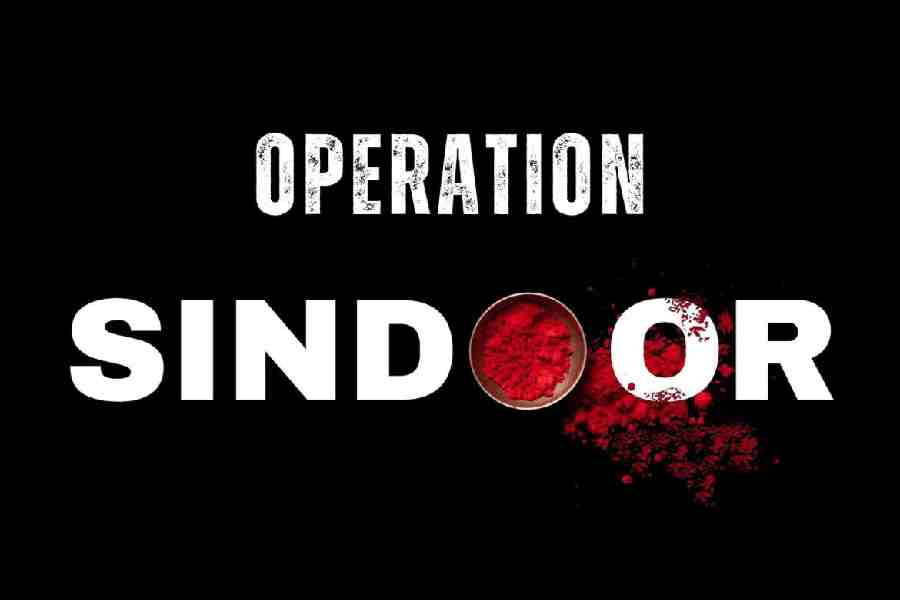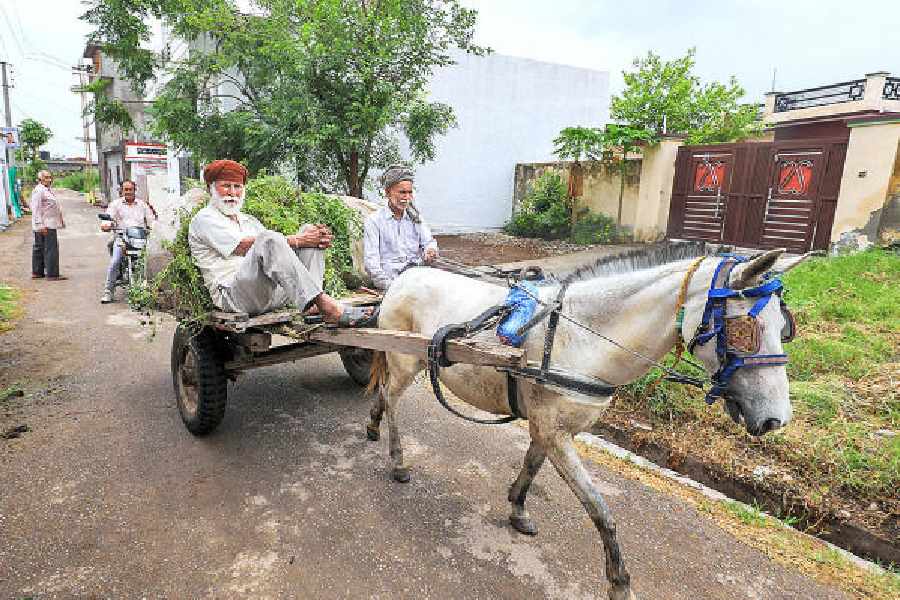 |
| Mosquito mystery |
New Delhi, June 3: Never use the Right to Information Act to ask how many men it takes the government to spot a hole in a mosquito net.
The government would need a committee and a CBI investigation to find out.
The problem confronted the Centre six years ago when 7.18-lakh mosquito nets it had bought for Rs 2.5 crore for the Northeast’s malaria zones turned out to be riddled with holes.
Mosquitoes are notoriously fast to sniff out chinks in nets, but the government needed a committee.
It set up one with five experts, one each from IIT Delhi’s textile engineering department, Armed Forces Medical Services, National Institute of Immunology, National Institute of Communicable Diseases and the malaria control programme.
The Central Vigilance Commission had by then started its own probe. Keen to deny critics the tiniest opening, the health ministry added a CBI inquiry to find out how the lapse happened despite inspections before the purchase.
But the agency’s dragnet itself seemed to have too many holes and six years later, the matter is still meshed in mystery and no one has been punished.
The experts panel, though, did a thorough job, checking the quality of material, measuring the strength and size of the netting and counting the number of holes. It took the committee two years to declare the nets “unfit for use”.
While waiting for the committee’s decision, the health authorities had distributed 183,000 of the defective nets to people in Manipur, Mizoram and Nagaland.
The remaining 535,000 nets are still stacked in a Guwahati godown. The government continues to pay it a monthly rent of Rs 89,000, having already shelled out over Rs 60 lakh over six years.
To the Comptroller and Auditor General, it’s just so much taxpayers’ money down the black hole of “wasteful expenditure”.
But government officials speak in hushed tones of the sheer scale of scientific knowledge the exercise has thrown up.
“While the specifications were for nylon, the nets were made of high-density polyethylene,” said a source in the Hospital Services Consultancy Corporation (HSCC), a public sector organisation that buys equipment for national health programmes.
Textile scientists have ruled that both materials can be used to make nets, but the more expensive nylon is more durable.
The health ministry is wiser, too. It says an inspection before the purchase had found the nets to be of good quality, but it now knows that the transaction led to “substantial losses”.
But the CAG’s thirst for knowledge is not so easily quenched. For instance, it wants to know why the CBI asked the ministry to close the case.
The Central Vigilance Commission had been the first to launch its probe -- within weeks of three private firms delivering the nets in early 2001. The CBI got the job in April 2001, just before the experts committee was set up.
The CBI’s advice for closure came in September 2003, the CAG says, noting that the ministry has not explained why. It also wants to know why the officials involved in the procurement were “not held responsible”.
The three private suppliers know one thing: they won’t take the nets back if they can help it. The firms are involved in arbitration with the HSCC.
Those who know the least are probably the estimated 20 lakh people the nets were meant to protect.









